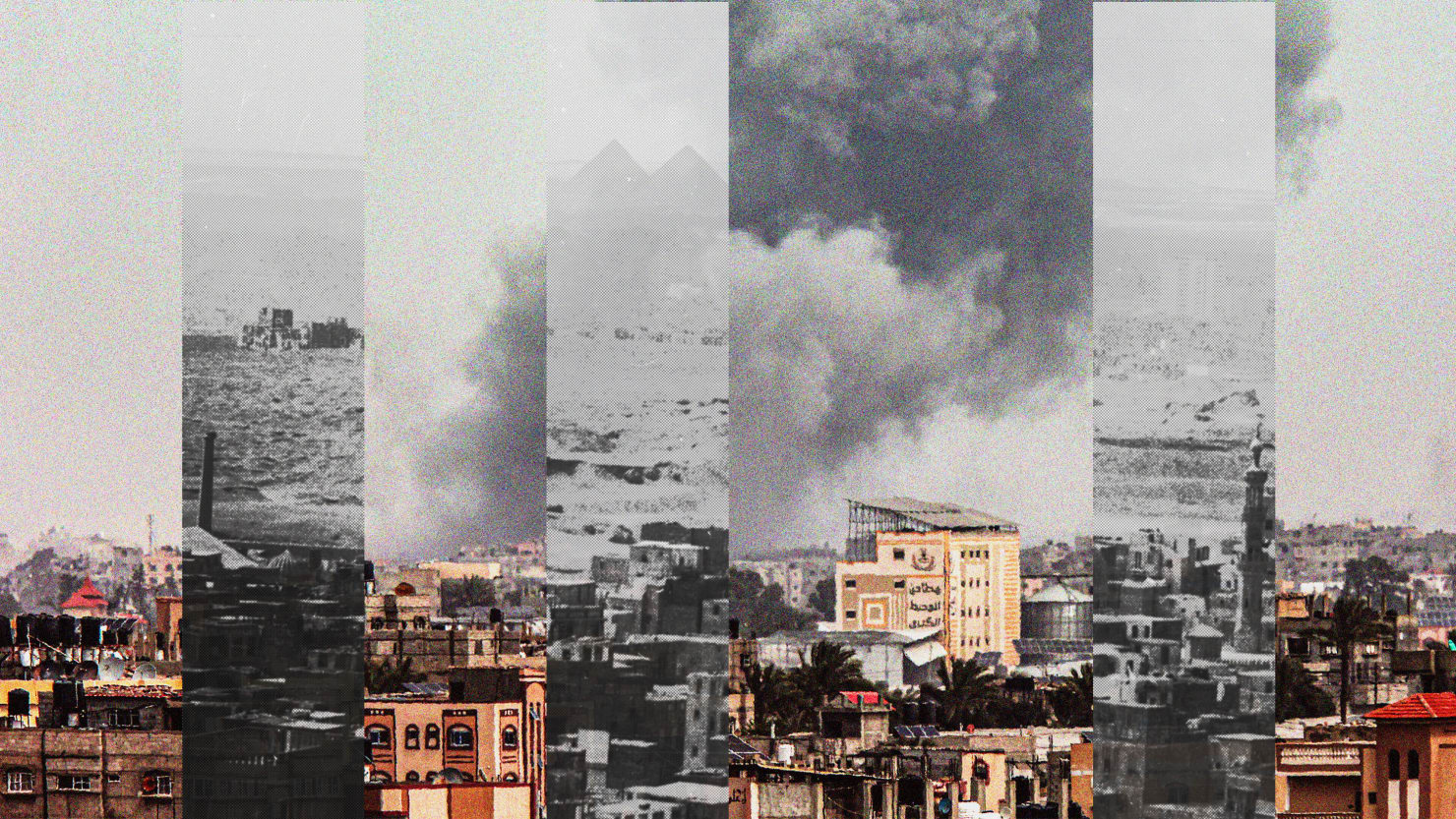In a thought-provoking encounter at a Jewish Cultural Center event, the author is confronted by a woman’s discomfort with feeling compassion for a character in his historical novel, “Picture in the Sand.” Despite the author’s initial belief that his book, set in 1954, would be innocuous, he realizes that even historical fiction is subject to scrutiny in today’s divisive climate.
He contemplates the changing terrain for writers, pointing to instances such as Elizabeth Gilbert’s decision to postpone her novel in response to online criticism, as well as the ongoing discussions surrounding projects like “The 1619 Project” and the scrutiny faced by classics such as “To Kill a Mockingbird.”
The author grapples with the challenge of writing about the past amidst unresolved historical tensions. He recounts his experience conceiving “Picture in the Sand” shortly after 9/11, drawing parallels between Hollywood’s depiction of ancient Egypt and contemporary events.

Have Recent Events in Gaza Altered the Narrative of My Historical Novel? (Credits: Los Angeles Times)
Despite initial setbacks in finding a publisher, the author revisits the manuscript during the pandemic, reshaping it with a new perspective. The revised version, centered around a character named Ali Hassan, delves into themes of identity, faith, and terrorism.
As the author navigates the evolving narrative, he confronts the transient nature of historical context. The rise and fall of ISIS, shifts in public perception, and geopolitical events like the attack in Moscow reshape the reception of his novel.
Despite uncertainties and criticism, the author remains resolute in his decision to explore complex themes. He acknowledges the potential for discomfort but emphasizes the enduring relevance of human experiences depicted in his work.
Reflecting on Faulkner’s assertion that “the past is never dead,” the author underscores the enduring significance of historical storytelling. He acknowledges the challenges and risks inherent in confronting controversial subjects but remains committed to portraying the human condition with empathy and depth.
He reaffirms the enduring power of literature to provoke thought, challenge assumptions, and capture the complexities of the human heart in all its facets.























